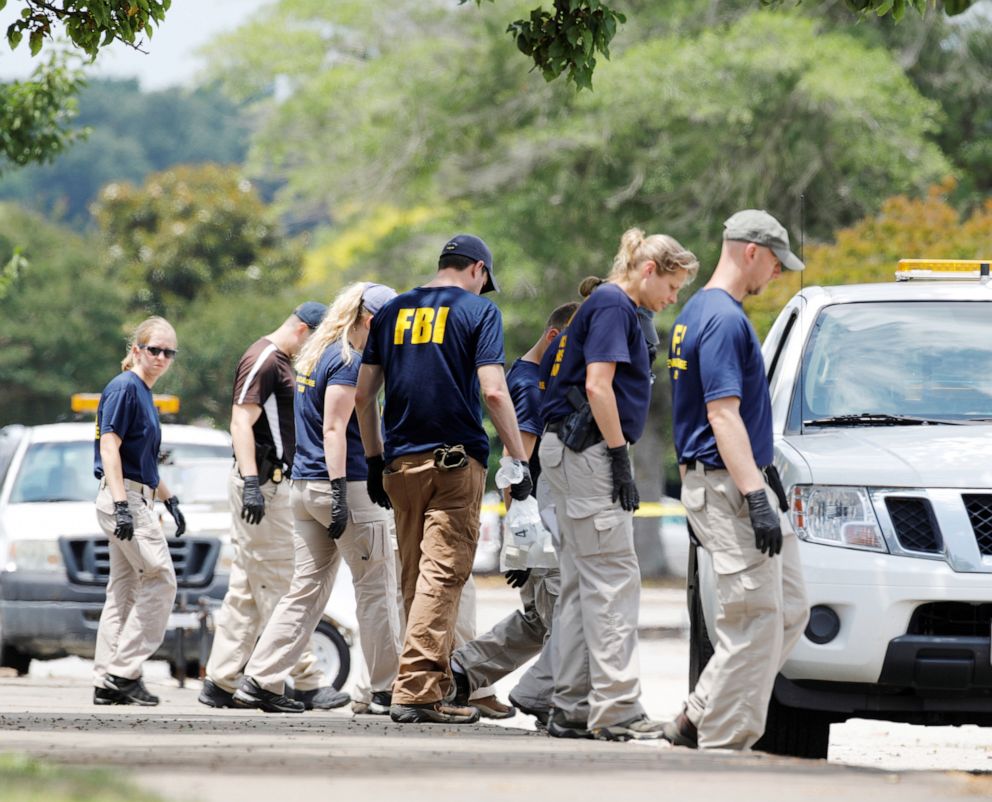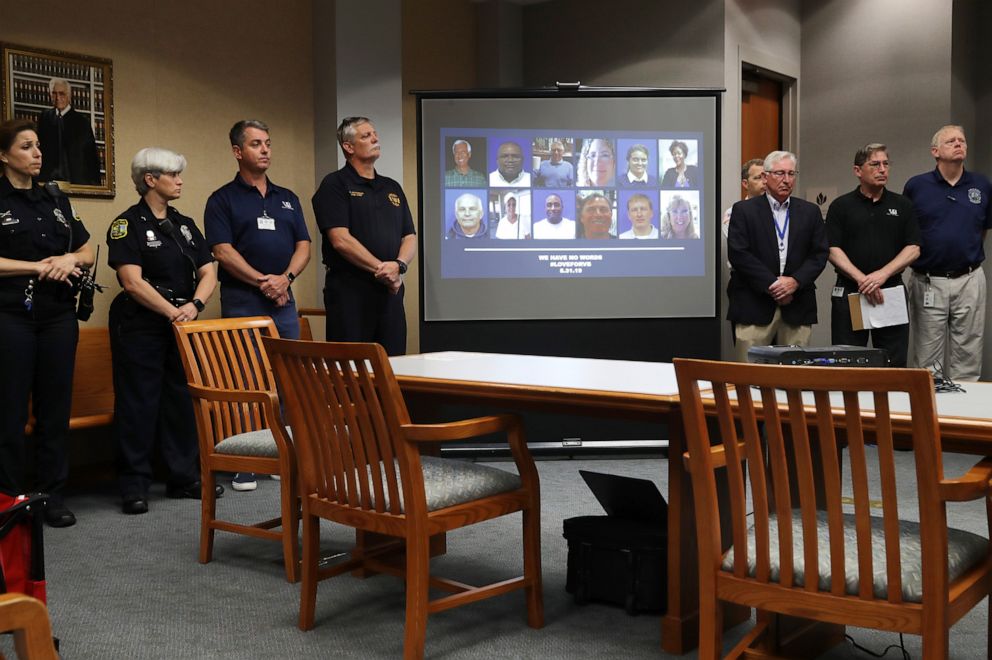Preventing mass shootings requires courage from elected officials: OPINION
The Virginia Beach attack was the latest mass-casualty shooting.
The shooting at a Virginia Beach municipal building on Friday, which left 12 people and the alleged gunman dead, adds to a long and growing list of mass shootings in America that have targeted houses of worship, schools, night-club, workplaces, concerts, and other public places.
As in the past, there will be calls for action and public officials will offer their thoughts, condolences and prayers to the victims and their families. And once again, our national discourse will become mired in the partisan political wrangling that accompanies every significant public policy issue. And finally, once again there will be no meaningful action by our elected, national leaders to address the clear and present threat to our nation. And in several weeks we will mourn the next group of victims who are harmed in the next mass shooting.
We cannot predict who will commit the next attack – but we can take steps to prevent more of these attacks. The problem is that, to date, it simply hasn’t been a priority for our national leaders to take the steps necessary to put these capabilities into place. That needs to change.
This increase in attacks seems to be in-part a reflection of the growing sense of anger and polarization of our society – an environment in which it is OK to view those who disagree with you as an enemy. An environment that has fostered not only an increase in mass shootings but hate crimes as well.
Very little is known about what prompted this latest act of violence. But we do know quite a lot about how to prevent mass shootings more broadly.
Extensive analysis by law enforcement and mental health professionals reveals that many of these attackers share common behavioral and psychological characteristics. This is important because understanding the behavioral characteristics of these mass murderers has allowed experts to develop violence prevention strategies that have already proven successful in stopping mass shootings.

A new model for preventing mass shootings has emerged. It is an operational model informed by long-standing behavioral risk assessment and threat management techniques employed by organizations such as the United States Secret Service and the Federal Bureau of Investigation. It involves expanding the use of community-based, multidisciplinary activities intended to prevent targeted violent activity and mass casualty attacks. Put plainly, mass shootings can be prevented when law enforcement agencies at the local level work closely with mental health professionals and community members to identify those who are traveling down the path toward violence and intervene before that act of violence occurs.
Preventing mass shootings involves educating the public so that they can recognize important warning signs exhibited both online and in-person by high risk persons and encouraging the public to report them to local authorities. In almost every mass shooting, the attacker exhibited troubling behaviors that were noticed by family members, co-workers, friends or by those who interacted with the attacker online.
Preventing mass shootings also requires expanded use of behavioral risk assessment methodologies as part of investigative protocols so that the risk posed by persons exhibiting threatening behavior can be evaluated.
Most importantly, preventing mass shootings involves the expanded use of non-law enforcement intervention activities in the pre-criminal space so that the underlying issues that are at the root of the violent behavior are addressed before a violent act is committed. Common techniques include in-patient or out-patient mental health support, working with family members or even in some circumstances working with the courts to temporarily restrict access to firearms by persons who are deemed a high-risk for violence by trained, experienced law enforcement and mental health professionals.
Notwithstanding the lack of a comprehensive and cohesive national effort to prevent mass shootings, there have been a number of positive developments. A growing number of local jurisdictions have adopted this approach to threat management – and there have already been examples where its use has prevented mass shootings. One example includes the Montgomery County Police Department stopping a potential mass shooting at a Bethesda, Maryland, high school last December after several student reported troubling social media posts by a former student to a school resource officer.

The Federal Bureau of Investigation has stopped through their investigative efforts multiple planned attacks, completed extensive analysis regarding those who commit these attacks and has provided the results to state and local officials. It also supports local investigations into potential mass shooters.
Under Acting Secretary Kevin McAleenan, the US Department of Homeland Security is energizing its efforts to address the issue of targeted violence and mass attacks working to enhance security at the potential targets of these attacks. Just recently, the acting Secretary asked his Homeland Security Advisory Committee to examine the threat directed at houses of worship and to provide recommendation of what more can be done to protect them from acts of violence.
Notwithstanding these efforts – there is more that must be done – and done quickly by federal officials.
The White House should oversee an inter-agency effort so that the collective capabilities of the federal government can be directed to preventing these attacks and establishing a consistent capability nationally to detect and stop mass shootings – whether they be ideologically motivated or not. More training and technical assistance should be provided to state and local officials on how to conduct threat assessment investigations. Greater access to mental health treatment is vital and Justice Department and Homeland Security Grant Programs should allow local entities to use these funds to pay for this treatment and other multi-disciplinary threat management efforts.
And finally, perhaps our leaders can tone down the virulent rhetoric that has become all too common in our political discourse and that, on occasion, can inspire disaffected, mentally unwell persons to violence.
We can and must do more – we can prevent future attacks. The only question is whether our national leaders have the courage to do so.
John D. Cohen is an ABC News Contributor and the former Acting Undersecretary for Intelligence and Analysis and Counter-terrorism Coordinator for the United States Department of Homeland Security. He has held a number of Federal, state and local law enforcement and homeland security related positions over his 35 year career including having served as a federal agent and police officer.
This is an opinion article. The views expressed here belong to the writer and not ABC News.




